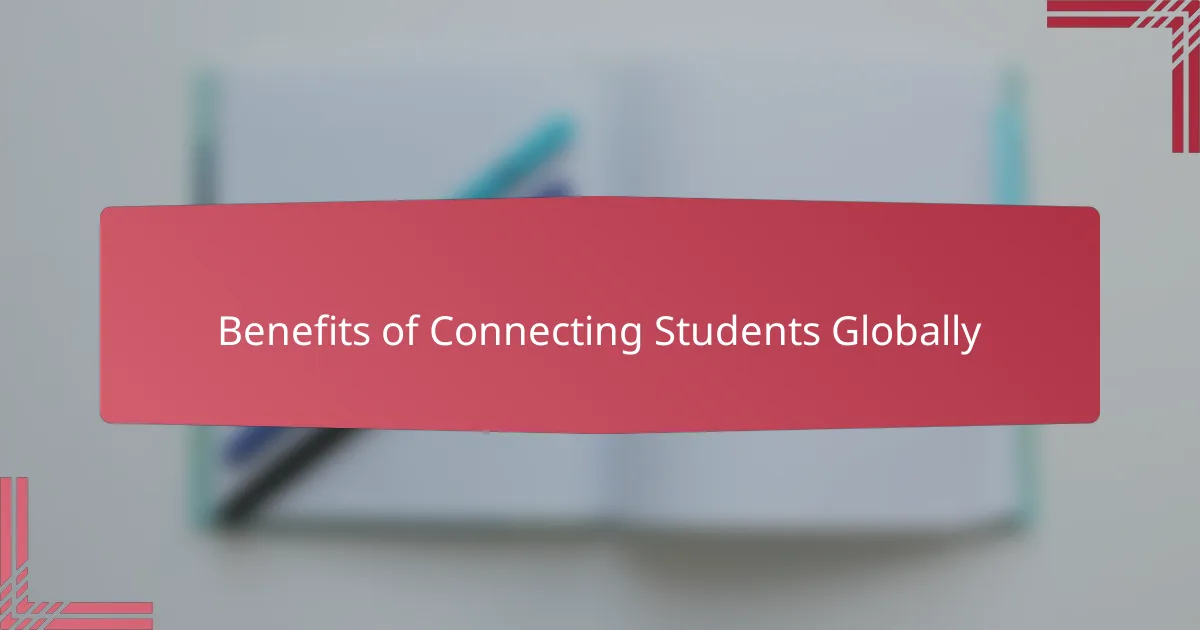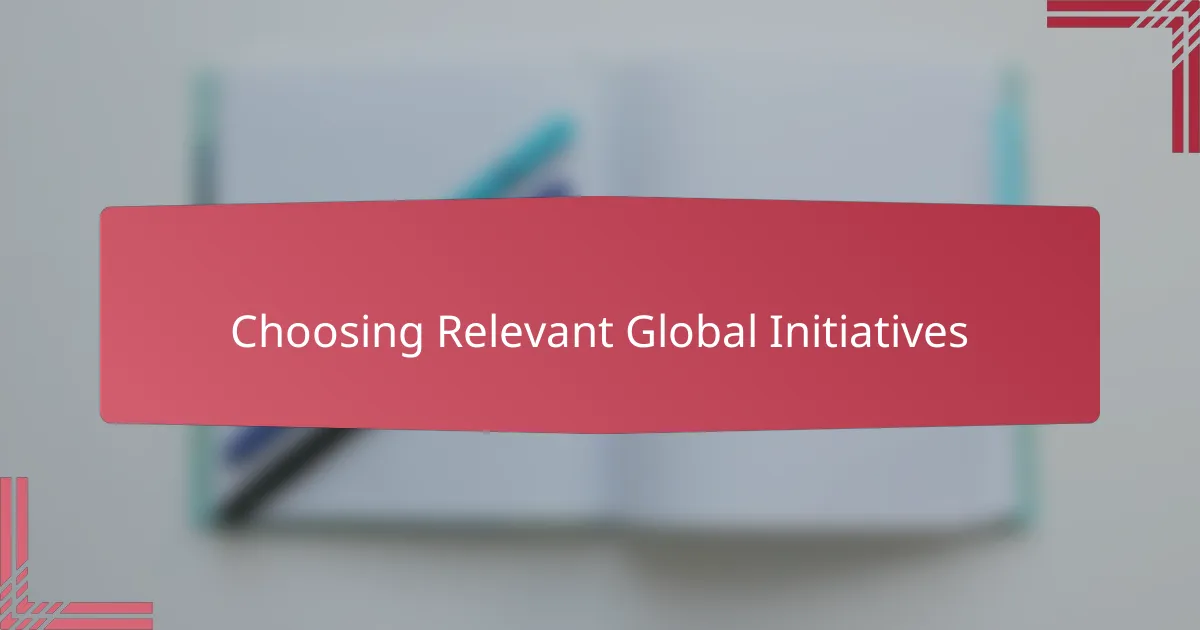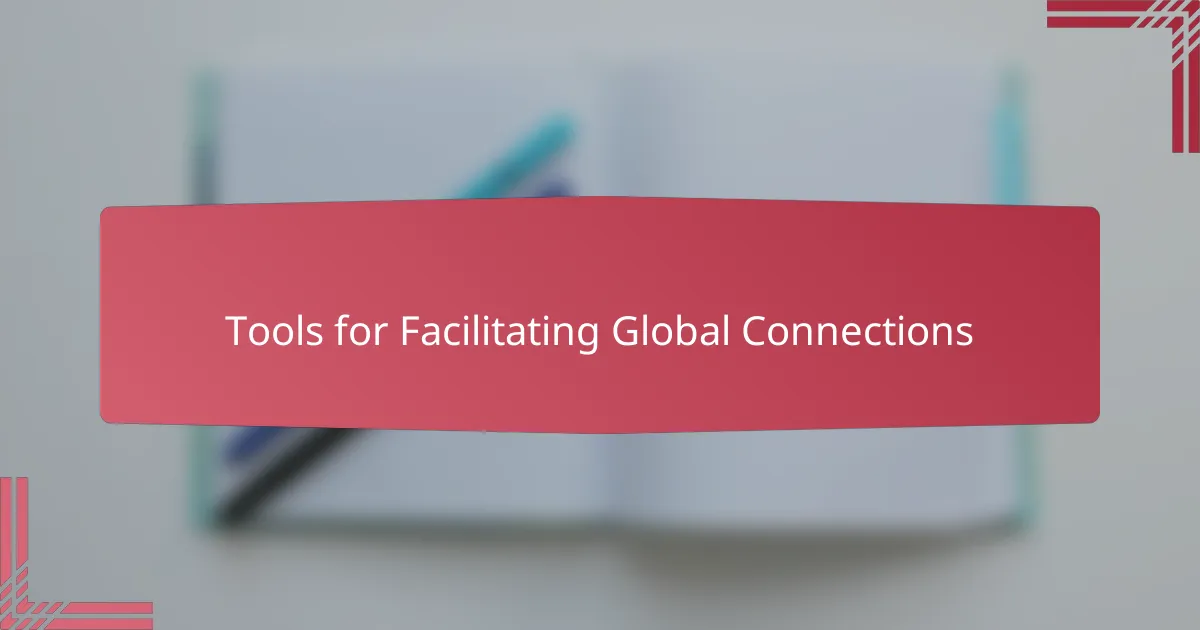Key takeaways
- Activist teacher resources foster empathy and critical thinking by connecting students to global issues and social movements.
- Student engagement thrives when they help shape projects, incorporate storytelling, and have opportunities for collaboration and reflection.
- Utilizing tools like virtual exchange platforms and social media can enhance global connections, making issues personal and relatable.
- Sustaining student involvement is achieved by celebrating small wins, creating consistent rituals, and maintaining flexibility in project direction.

Understanding Activist Teacher Resources
When I first stumbled upon activist teacher resources, I was struck by how much they went beyond traditional lesson plans. These materials aren’t just about information; they’re tools designed to spark meaningful conversations and inspire real-world action. Have you ever wondered how teaching can go beyond the classroom walls to make a tangible difference?
From my experience, understanding these resources means recognizing the power they hold to connect students with broader social movements and global issues. It’s not just about passing knowledge but about fostering empathy and critical thinking. I still remember the moment a simple activity transformed my students’ perspective—they went from passive learners to passionate advocates, and that changed everything for me as a teacher.
What I find most compelling is how these resources encourage us to reflect on our role as educators in a complex world. They challenge us to ask tough questions: Are we preparing students to be aware citizens? To engage thoughtfully? Activist teacher resources push us to elevate our teaching into something deeply meaningful.

Benefits of Connecting Students Globally
When students connect with peers from around the world, I’ve noticed their perspectives expand in ways that textbooks alone could never achieve. It’s almost like suddenly the issues we discuss become tangible, creating empathy that goes beyond abstract facts. Have you seen the spark when a student realizes their voice matters on a global stage? That moment, for me, is priceless.
Another benefit I’ve experienced is the boost in critical thinking. When students hear diverse viewpoints firsthand, they learn to question assumptions instead of just accepting information. This kind of thinking is essential for nurturing thoughtful activists who don’t just react but engage thoughtfully with complex issues.
Finally, there’s a sense of shared purpose that emerges, which I hadn’t fully anticipated at first. My students start to see themselves as part of a larger community, connected by common goals and challenges. This connection fuels their motivation—they’re no longer isolated learners but active participants in a global dialogue. Isn’t that what education should truly be about?

Choosing Relevant Global Initiatives
Choosing global initiatives always starts with asking myself: What truly resonates with my students’ lives and interests? I’ve found that when the initiative feels relevant, students are not just more engaged—they become emotionally invested. Once, a project focused on climate justice sparked an outpouring of ideas from a quiet student who later led our school’s first environmental club.
I also consider the accessibility of the initiative. Is it something my students can realistically participate in or influence? I remember trying to involve my class in a campaign that felt too distant; the students struggled to connect, and their enthusiasm waned. That taught me that relevance isn’t just thematic—it’s about tangible connection and achievable action.
Finally, I reflect on the diversity of perspectives within the initiative. If it brings global voices and varied experiences, it enriches our discussions and helps students see issues from multiple angles. Have you noticed how a project that incorporates stories from different cultures can spark curiosity and deepen empathy? For me, that’s the heart of choosing the right global initiative.

Strategies for Student Engagement
Engaging students requires tapping into their natural curiosity and giving them a sense of ownership. I’ve found that when students help shape the direction of a global initiative project, their excitement skyrockets—they’re no longer just following instructions; they’re co-creators. Have you tried asking your students what issues matter most to them? That simple act can unlock a whole new level of commitment.
Another strategy that worked wonders in my classroom is incorporating storytelling. When students hear personal accounts from people directly affected by global challenges, it transforms distant problems into relatable human experiences. I remember a student who was once disengaged suddenly becoming animated after watching a video about youth activists abroad—it made the cause real for her.
Finally, I always strive to build opportunities for collaboration and reflection into every engagement strategy. When students discuss their thoughts and challenges together, it creates a supportive community that sustains their motivation. Plus, reflecting on what they’ve learned deepens their understanding and connection to the initiative. Isn’t that the kind of learning experience we all hope to foster?

Tools for Facilitating Global Connections
One tool I’ve come to rely on is virtual exchange platforms. These enable my students to connect with peers worldwide in real time, breaking down the walls of distance and culture. I still recall the excitement in my classroom when students chatted live with youth from another continent—it was a moment that turned abstract global issues into real, personal stories.
Social media, when used thoughtfully, has also opened doors I hadn’t imagined. Creating class hashtags or joining global campaigns lets students contribute to ongoing movements and see the ripple effect of their voices online. Have you noticed how a simple tweet or post can make students feel like active participants in something much bigger than their classroom?
I’ve also found collaborative online tools like shared documents and multimedia apps invaluable for global projects. They invite students to co-create, plan, and reflect regardless of where their partners are located. This dynamic collaboration often leads to a deeper sense of ownership and connection because students see their contributions shaping the initiative in real time.

Examples of Successful Student Projects
I remember a group of students who partnered with peers from Kenya to document local water challenges. Their project didn’t just raise awareness; it inspired them to lead a fundraiser that installed a new water pump in their own community. Seeing their pride and ownership in that moment reminded me why connecting students to real-world initiatives matters so deeply.
Another successful project involved a student-led campaign supporting refugee children’s access to education. Through virtual pen-pal exchanges and advocacy posts shared worldwide, my students learned the power of storytelling and solidarity. Have you ever witnessed a classroom transform when young people realize their voices can create tangible change? It’s truly powerful.
Then there was the environmental justice project where students collaborated with activists in Brazil to track deforestation using satellite data. This blend of tech and activism captured their imaginations and sparked ongoing action at school and beyond. Projects like these show me how global connections ignite creativity and long-lasting commitment in students.

Tips for Sustaining Student Involvement
Sustaining student involvement often means keeping the momentum alive beyond the initial excitement. I’ve found that regularly celebrating small wins—whether it’s a completed task or a shared insight—helps students see their progress and stay motivated. Have you noticed how recognizing even tiny achievements can rekindle enthusiasm and build confidence?
Another key for me has been creating rituals that anchor students to the initiative. Whether it’s weekly check-ins, project journals, or dedicated reflection circles, these routines offer a steady space to revisit goals and challenges. I’ve seen how these moments of pause help students process their experiences and renew their commitment without feeling overwhelmed.
Lastly, I make it a point to keep the initiatives flexible and responsive to my students’ evolving interests. If something feels stale or disconnected, I invite them to suggest new directions or tasks. Allowing students to adapt the project keeps it alive and personal—a vital ingredient in sustaining their involvement over time. Does this approach resonate with you? In my experience, it transforms a one-time project into a lasting movement within the classroom.